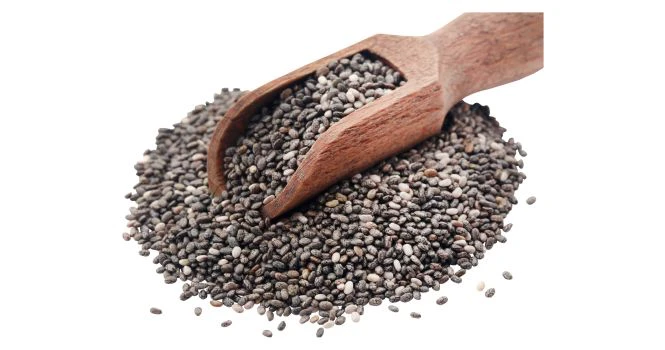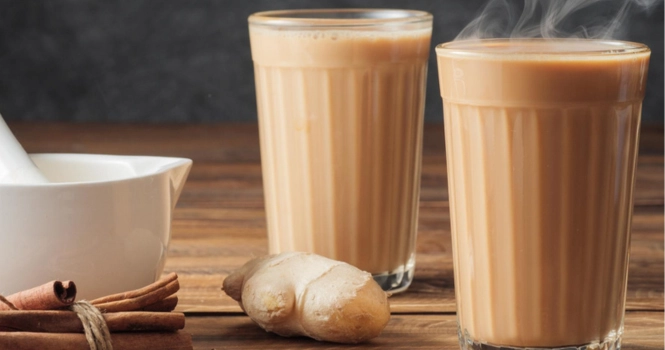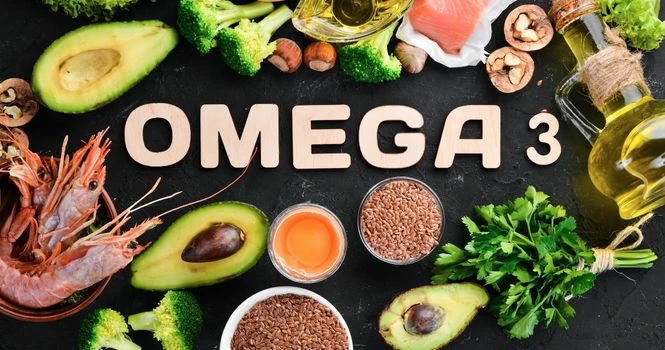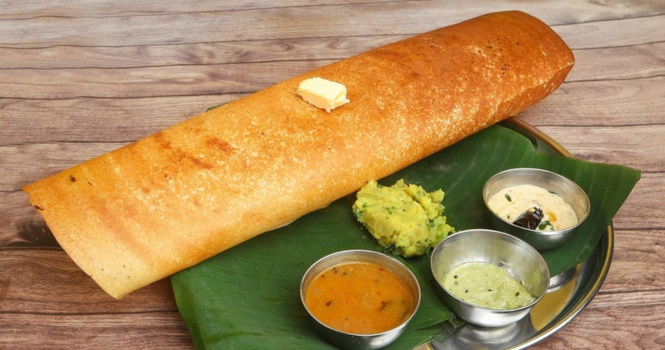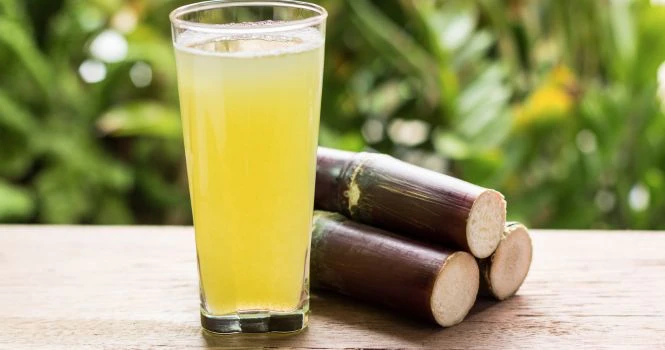Discover the Top 9 Guilt-Free Snacks under 100 Calories to help you stay on track with your weight loss journey.
These delicious and nutritious options are perfect for those moments when you need a little something to satisfy your cravings without the guilt.
From air-popped popcorn to fresh fruit salads, these low-calorie snacks are sure to become your go-to options when hunger strikes between meals.
What Does Guilt-free Snacks Mean?
Guilt-free snacks refer to food options that can be enjoyed without the feeling of guilt or worry about hindering your health goals, such as weight loss or maintaining a balanced diet.
These snacks are typically lower in calories, sugar, unhealthy fats, and sodium while being nutrient-dense and satisfying.
They help curb hunger and cravings without causing significant spikes in blood sugar levels or contributing excessive calories to your daily intake.
Guilt-free snacks are often made from whole, natural ingredients and emphasize portion control to support a healthy lifestyle.
9 Guilt Free Snacks under 100 Calories during Weight Loss
| No. | Snack | Calories per Serving (Approx.) | Serving Size |
| 1 | Air-popped popcorn | 30-35 | 1 cup |
| 2 | Baby carrots with hummus | 70-80 | 5 baby carrots + 1 tbsp hummus |
| 3 | Celery sticks with cream cheese | 60-70 | 2 celery sticks + 0.5 oz cream cheese |
| 4 | Cucumber slices with salsa | 50-60 | 1 cup cucumber slices + 2 tbsp salsa |
| 5 | Cherry tomatoes and baby spinach | 40-50 | 1 cup cherry tomatoes + 1 cup baby spinach |
| 6 | Steamed edamame (in pods) | 50-60 | 1/2 cup (in pods) |
| 7 | Fresh fruit salad | 60-80 | 1 cup of mixed fruits |
| 8 | Plain rice cake | 35-50 | 1 large rice cake |
| 9 | Seaweed snacks (lightly salted) | 30-50 | 1 small package (5g) |
Frequently Asked Questions
What are the 7 sensible snacks?
The 7 sensible snacks are
- Fresh fruit
- Greek yogurt with berries
- Mixed nuts (unsalted, portion-controlled)
- Baby carrots with hummus
- Whole grain crackers with avocado
- Rice cakes with almond or peanut butter
- Edamame (steamed or dry-roasted)
What is the healthiest Indian snack?
Dhokla, a steamed rice and chickpea flour cake, is one of the healthiest Indian snacks, as it is low in calories, high in protein, and easily digestible.
What are the best Indian snacks?
Best Indian snacks are;
a. Dhokla
b. Sprouted moong chaat
c. Roasted makhana (fox nuts)
d. Vegetable daliya (broken wheat with mixed vegetables)
e. Khandvi (steamed gram flour rolls)
f. Baked vegetable samosas
g. Masala oats with vegetables
What can I eat without guilt?
Fresh fruits, vegetables, whole grains, lean proteins, and healthy fats in moderation are generally guilt-free choices. Keep portion sizes in check and prioritize nutrient-dense options.
What snacks satisfy hunger?
Protein and fiber-rich snacks help keep you fuller for longer. Examples include Greek yogurt with berries, mixed nuts, whole-grain crackers with hummus, and apple slices with peanut butter.
What are 3 examples of snacks?
- Greek yogurt topped with granola and berries
- Celery sticks with cream cheese or peanut butter
- Sliced cucumber with tzatziki sauce
What is a 7 letter food?
A 7-letter food: Burrito, a popular Mexican dish consisting of a tortilla filled with various ingredients, such as rice, beans, meat, cheese, and vegetables.
What is a smart snack?
A snack that is nutrient-dense, low in unhealthy fats, added sugars, and sodium, and contributes to a balanced diet. Examples include fresh fruit, yogurt with nuts and seeds, or whole-grain crackers with avocado.
What is the national snack of India?
While India doesn’t have an official national snack, samosas are among the most popular and widely recognized Indian snacks, enjoyed by people across the country.
What is the unhealthiest Indian food?
Deep-fried foods, dishes with excessive amounts of ghee or butter, and sweets with high sugar content can be considered unhealthy.
Examples include pakoras, poori, butter chicken, and jalebi. To make these dishes healthier, opt for alternative cooking methods or use healthier ingredients.
